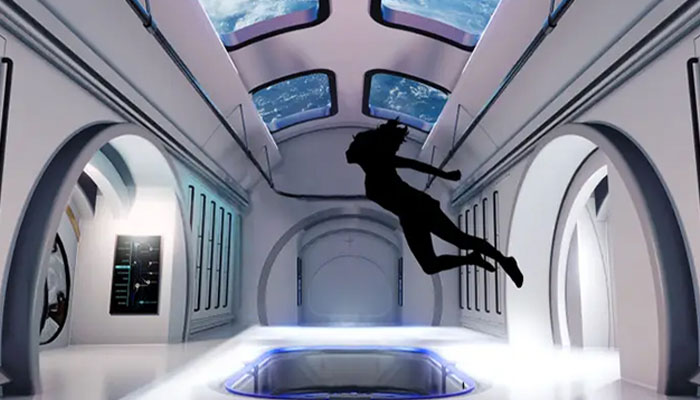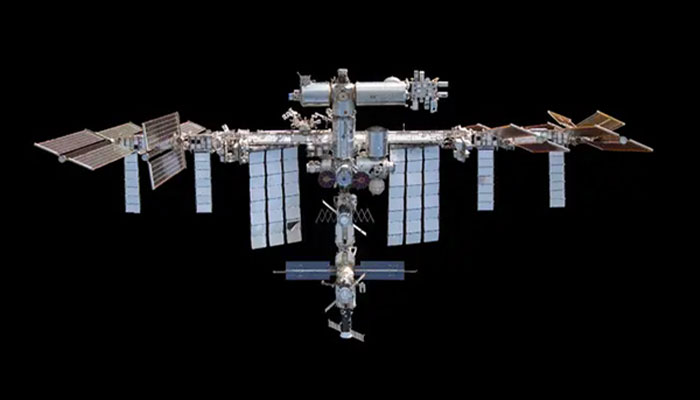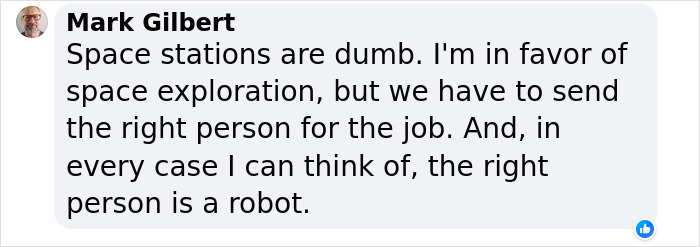On March 20,NASAreported that Orbital Reef passed four key milestones for some of its most crucial technology, including a system to recycle futureastronauts‘ and tourists’ urine.

Image credits:Lex Fridman
Angela Hart, manager of NASA’s Commercial Low Earth Orbit Development Program, said in NASA’s announcement: “These milestones are critical to ensuring that a commercial destination can support human life.”
The milestones involved passing a series of tests on Orbital Reef’s regenerative system. This system will provide clean air and water for humans to breathe and drink while on the space station,Business Insider(BI) reported.

Image credits:Blue origin
Some of the tests included the system’s ability to remove impurities from the air, recover urine forrecycling, and maintain a water tank, NASA reported.
The ISS has a similar system that recycles water and oxygen from, as NASA puts it: “normal human activities.”
ISS Commander Chris Hadfield said in a 2013video: “Before you cringe at the thought of drinking your leftover wash water and your leftover urine, keep in mind that the water that we end up with is purer than most of the water that you drink on a daily basis at home.”
NASA invested hundreds of millions of dollars in potential replacements for the International Space Station (ISS)

According to BI, astronauts on the ISS have been drinking each other’s sanitized and recycled urine for approximately 15 years, as it has helped decrease the amount of water NASA would need to launch intospaceto keep astronauts alive.
NASA awarded Blue Origin and Sierra Space $172 million as part of its goal to develop commercialized, American-led space stations in low Earth orbit that could replace the ISS after it retires, BI reported.
Blue Origin stated on itswebsite: “Think spacious modules with large windows to view Earth, our blue origin while experiencing the thrill of weightlessness in complete comfort.”

The Biden administration has committed to keep the ISS, which costs $3 billion per year to maintain, running until at least 2030.
By then, NASA aims to already have made the transition to at least one privately owned space station,Science Alertreported. If all goes according to plan, the empty and decommissioned ISS will push itself into Earth’s atmosphere and burn up as it plummets toward theocean.
Readers were divided about NASA’s involvement with Bezos






 Lei RV
Lei RV
Renan Duarte
News